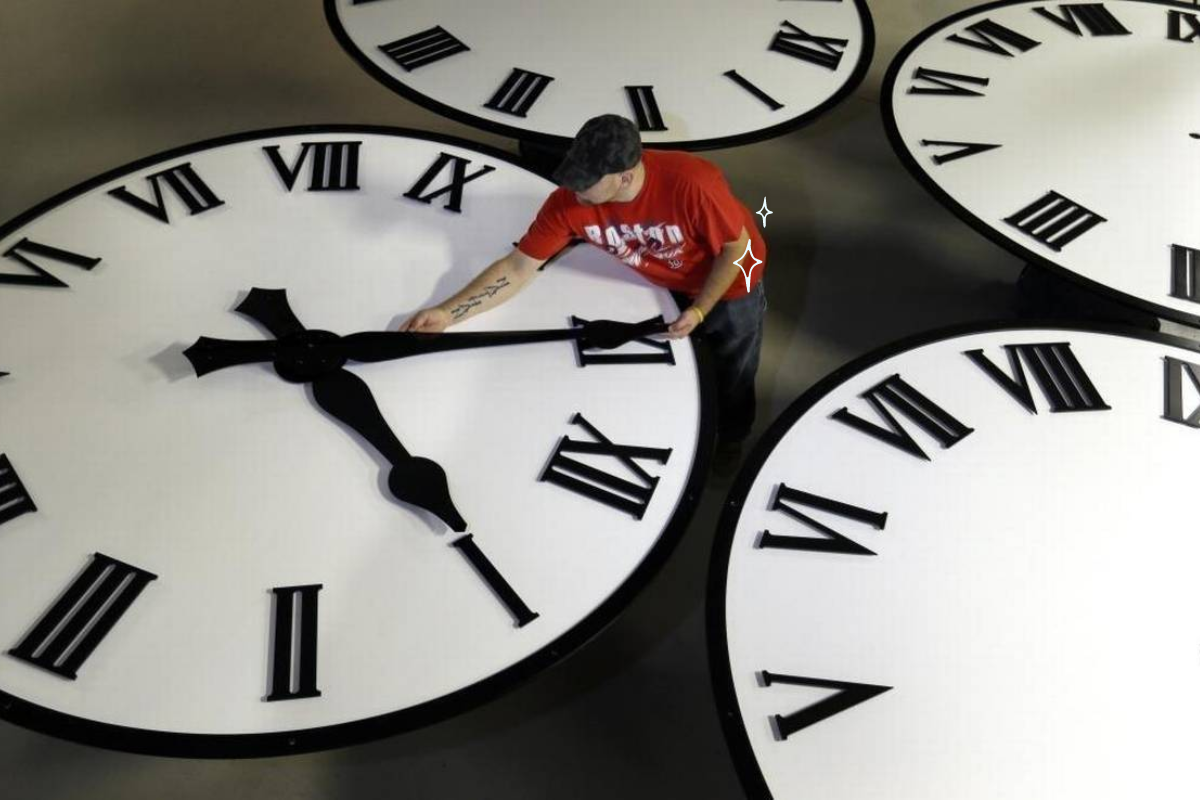Two Texas legislators want voters to determine whether to halt the time change and permanently advance clocks across the state on the eve of daylight saving time.
“This is the perfect point of populism, it’s let people vote on their own time,” state Sen. Paul Bettencourt, R-Houston, told The Dallas Morning News. “The lion’s share majority, way up there, would want one time.”
The Standard Time Bill
SJR 86, legislation introduced by Bettencourt on Friday, would put the issue before voters in November for a “constitutional amendment requiring this state to observe daylight saving time year-round.”
HJR 22, a companion bill introduced by state Representative Mike Schofield, R-Katy, in November, was sent to the State Affairs Committee on February 28.
“Texans are tired of having to change their clocks and lose an hour’s sleep for no reason,” Schofield said in a written statement. “People would like to get home from work and play with their kids without it being dark half the time. There’s no reason not to fix this.”
Only Arizona and Hawaii maintain a single time throughout the year, except for the Navajo Nation in Arizona. Many states have passed legislation requiring the immediate implementation of daylight saving time. According to Bettencourt, if voters ultimately accept the bill, Congress would decide whether to keep the time change in effect permanently.
A bill known as the Sunshine Protection Act that would have made daylight saving time permanent year-round was unanimously approved by the US Senate last year, but the House did not ratify it. A bipartisan coalition of senators, including Florida Republican Marco Rubio, revived the bill this year.
According to Bettencourt, if Congress doesn’t enact the Rubio bill or a similar one, DST won’t be implemented. Legislators have been fighting over what time to set their clocks for decades. 2019 saw the debate over the matter in the Texas Legislature, with a bill to permanently allow voters to choose DST or standard time dying being approved by the House.
You could also consider the following:
- Gene Simmons’s Net Worth And A Look At His Successful Business Strategies
- Will Paxton’s $3.3 Million Whistleblower Settlement Bill Be Funded By The Citizens Of Texas? Maybe
- Tragedy In Texas Community Court Documents Expose Fentanyl Dealer Living Close To Schools After Student Overdoses
Bettencourt proposed legislation in 2019 and 2021 that would have allowed voters to end daylight saving time and maintain standard time instead of this year’s law. Federal legislation only permits staying on regular time at this time, not switching to daylight saving time.
C SPAN Classroom tweeted that Done about daylight saving time. You can check below:
Good morning!
While you might need a degree in electric engineering to get your oven or car to #SpringForward, no such degree is required for our deliberation: “What Should Be Done About Daylight Saving Time?”
Check it out: https://t.co/a7t6aXXwS2.#Clocks #SSChat #EdChat pic.twitter.com/lce7kTLyvp
— C-SPAN Classroom (@CSPANClassroom) March 12, 2023
Nonetheless, introducing the federal Sunshine Protection Act would allow daylight saving time to be implemented. According to Bettencourt, Texas should exert some “positive pressure” on national legislation. Bettencourt asserted that based on polling results in Texas, he estimates that support for the standard time measure is around three times more than support for the daylight saving time bill.
According to Rubio and others, most Americans want to cease changing their clocks for daylight saving time. Rubio termed this practice “dumb,” yet there are several benefits to maintaining daylight saving time all year.
“The benefits of daylight saving time have also been accounted for in the research,” Rubio said. “For example, reduced crime as there’s light later in the day. We’ve seen decreases in child obesity. A decrease in seasonal depression that many feel during standard time.”
The Standard Time Bill, which President Woodrow Wilson signed into law in 1918, is the first documented instance of daylight saving time being used in the United States. Since 2007, the second Sunday in March marks the beginning of daylight saving time, which lasts for eight months and ends on the first Sunday in November.
Studies on whether the time change saves energy have been ambiguous, with some studies even finding that individuals use more air conditioning and heating when the number of daylight hours increases.
“When you think of hot-button public policy issues, what usually comes to mind are things such as property tax relief and school finance and pension reform,” Bettencourt said in a news release announcing his bill. “However, the issue of Daylight Saving Time has roused passions on both sides of the debate for over 100 years.”
In his statement, Bettencourt said his plan would let Texas voters “once and for all” voice their opinions on the topic. Bettencourt said he is in favor of having one time throughout the year.




